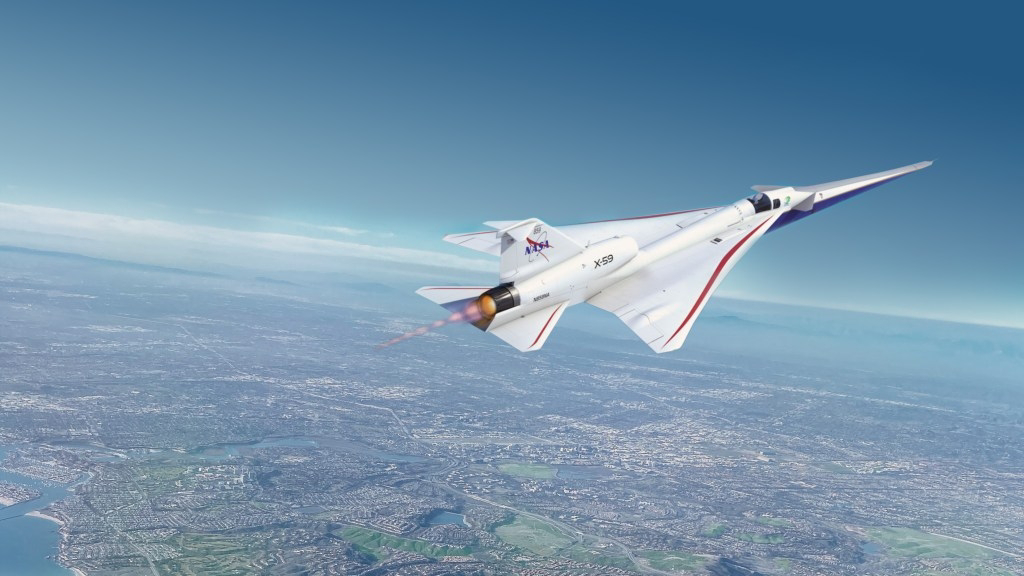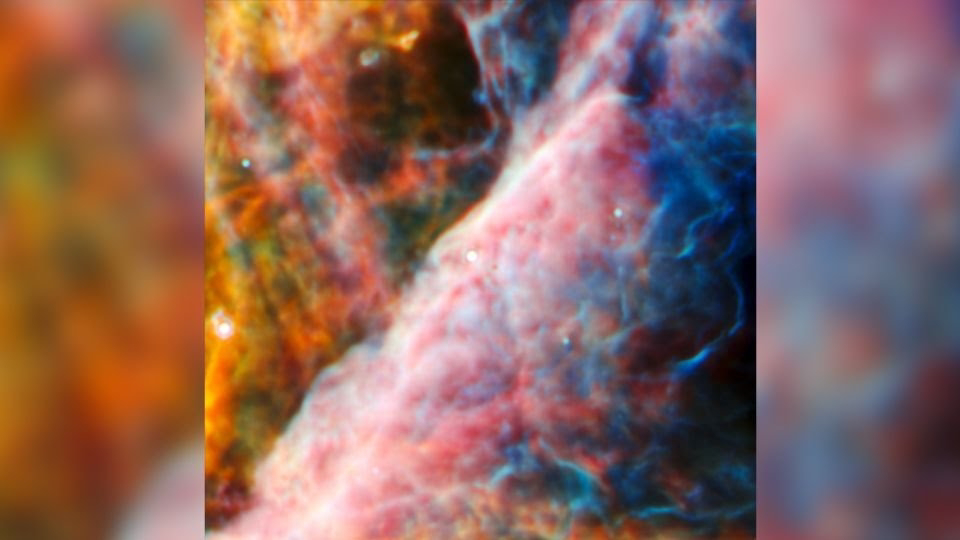NASA's James Webb Space Telescope Peers Behind Bars
 |
| This image of the barred spiral galaxy NGC 5068 is a composite from two of the James Webb Space Telescope’s instruments, MIRI and NIRCam. Credits: ESA/Webb, NASA & CSA, J. Lee and the PHANGS-JWST Team |
NASA's James Webb Space Telescope has captured a stunning new image of the barred spiral galaxy NGC 5068, revealing a delicate tracery of dust and bright star clusters. The image, which was released on June 1, 2023, is a composite of data from two of Webb's instruments, the Near-Infrared Camera (NIRCam) and the Mid-Infrared Instrument (MIRI).
The image shows NGC 5068 as it appeared 13 billion years ago, when the universe was just a fraction of its current age. The galaxy is located 130 million light-years from Earth.
The bright tendrils of gas and stars in the image belong to NGC 5068's central bar. The bar is a region of concentrated star formation, where new stars are born at a prodigious rate.
The dust lanes that wind through NGC 5068 are home to young, forming stars. The dust absorbs ultraviolet light from the stars, which heats it up and causes it to glow in infrared light.
The image is a testament to the power of Webb's infrared vision. Webb's NIRCam and MIRI instruments can see through dust and gas, revealing objects that are invisible to Hubble and other telescopes.
Webb's new image of NGC 5068 is just a glimpse of what the telescope is capable of. In the coming years, Webb will continue to peer into the depths of space, revealing new and unexpected discoveries about the universe.
About the James Webb Space Telescope
The James Webb Space Telescope is the most powerful telescope ever built. It was launched on December 25, 2021, and is currently orbiting the Sun about a million miles from Earth.
Webb's infrared vision allows it to see through dust and gas, revealing objects that are invisible to Hubble and other telescopes. Webb is also much larger than Hubble, which gives it a wider field of view and allows it to see more detail.
Webb is expected to revolutionize our understanding of the universe. It will be used to study the first stars and galaxies that formed, to look for signs of life on other planets, and to explore the mysteries of dark matter and dark energy.
©️ Rocky Mountain Dispatch 2023



Comments
Post a Comment